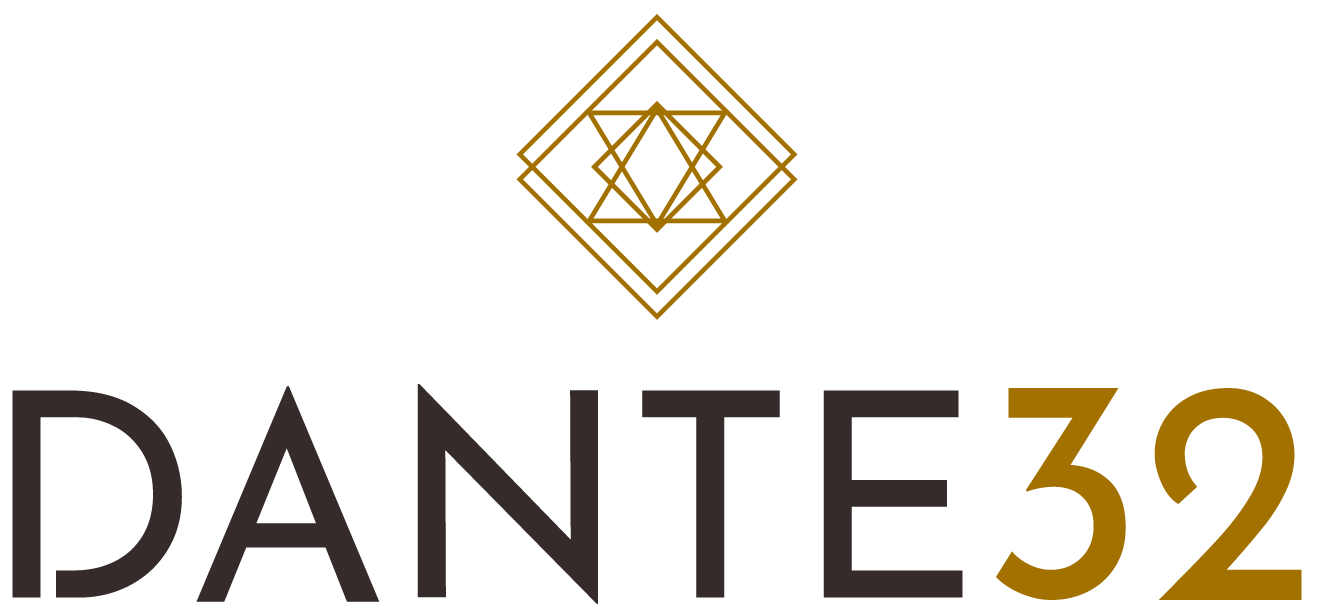What is Microcontent?
In our last blog post, we gave you an overview of how easy it is to generate microcontent from your podcast. We explained how podcast content can be easily broken down and repurposed into multiple strategic marketing pieces. However, we felt the need to dig deeper into the big questions...what exactly is microcontent and why should you bother with it at all?
Microcontent Explained
Simply put, microcontent is any content that is sourced from your original podcast and can deliver stand-alone information that is valuable to your audience. Microcontent is commonly used across the social media spectrum and can be delivered in a variety of formats including audio, video and text. For example, you can repurpose one podcast into the following microcontent entities: an audio clip for Twitter, a visual quotation on Instagram, a video recording of your podcast on YouTube, a highlights slideshow on LinkedIn...the possibilities are endless and there are always new and more creative ideas to keep your content fresh and relevant. The main thing to remember is that the goal of any microcontent is to drive traffic back to the source material — your podcast and your website.
Microcontent Maximizes Your Investment
Now that you have a better idea of what microcontent is, we can delve into how it maximizes your marketing investment. Microcontent allows you to generate content for multiple channels with minimal investment. Your previous strategy might have been to pay several different content creators for blog posts, social media posts, email, etc. With a microcontent creation strategy, you can significantly reduce your content creation spend while maximizing the output you get from your source material.
Another benefit of a microcontent strategy is consistency of voice. All of your microcontent is sourced from your original podcast by the same creator (or team). This ensures that all of the content you generate and syndicate is aligned and consistent. You can also plan ahead by building your microcontent around a thematically aligned content calendar, amplifying any larger marketing efforts your company has. Your marketing pieces will now have a more cohesive message which makes your message stronger.
Microcontent Maximizes Your Reach
The beauty of microcontent is its inherent ability to capture audience attention through multiple strategies and channels. It’s easily digestible, it’s easy to share and you can tailor it to many different types of consumers.
Let’s face it, not everyone has the time and attention span to absorb a long-format podcast. That’s ok! Microcontent allows you to still get your message out but in a simpler way that fits the needs of all types of audience members. Someone who doesn’t have time to listen to an entire podcast in the moment might be perfectly happy with a slideshow of highlights posted to LinkedIn. And they can save the original podcast for another time when their schedule is freer.
Microcontent is built for sharing. Regularly posting your microcontent to social media channels is your ticket to reaching the largest audience. Posting visual microcontent such as short videos or quotes are easy and quick ways to incentivize sharing.
“The best content doesn’t win. The best promoted content wins.”
Not every consumer is the same. Some people prefer visual information and some prefer audio. Some want long-form information and some want small, easy to digest chunks. By providing multiple options and appearing in multiple channels, you can ensure that you will always find your audience.
Three Great Examples of Leaders in Microcontent Repurposing
The idea of generating microcontent can be daunting but it shouldn’t be. There are plenty of excellent examples out there and you can follow in the footsteps of some really successful microcontent leaders.
Amy Woods of Content 10x is an expert in content repurposing. Her team offers a weekly service where they take a source podcast and magically transform it into social media visuals, blog posts, newsletters, LinkedIn presentations, and more. By focusing on simple, repeatable steps, Content 10x produces high quality, targeted content.
“Podcast repurposing will allow you to connect with a bigger audience than you ever thought possible. It’s easy to get stuck on the hamster wheel of creating new episode after new episode, but you should ensure you maximize the value from each one before moving on to the next.”
You’ve probably heard of Gary Vaynerchuk, the entrepreneur, author, speaker, and all-around internet personality. If you’re looking for content-repurposing inspiration, look no further than Gary’s website. Starting with what he calls his “pillar content”, Gary constantly repurposes this source piece into dozens of smaller contextual pieces that are specific to their respective platforms. Gary focuses on volume but quality never suffers.
Lastly, here is an example that combines microcontent repurposing with an example of maximizing reach. On Being, a podcast hosted by Krista Tippett, releases two versions of each episode: an edited version and an unedited version. This allows each listener to choose how much content they want to consume. By providing two options from the same source material, she is broadening her reach without alienating her core audience.
Microcontent strategy is nothing new…. it’s really been done before. In the past, you might have repurposed content from a book in order to give a presentation. This is the same idea but by starting with a podcast, not only are you now present in an incredibly important and growing medium, but you’re maximizing your investment in the content you’re creating.

